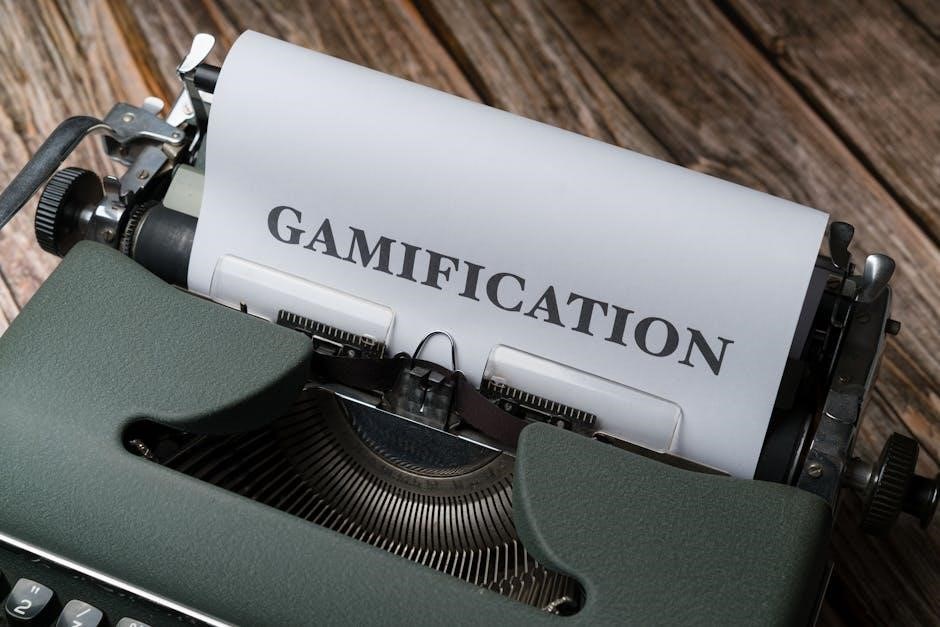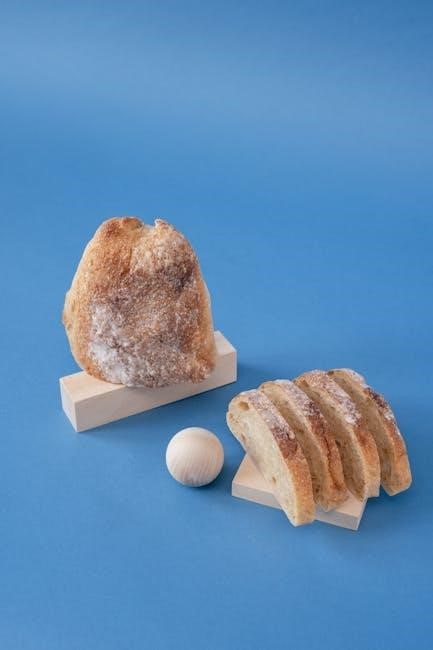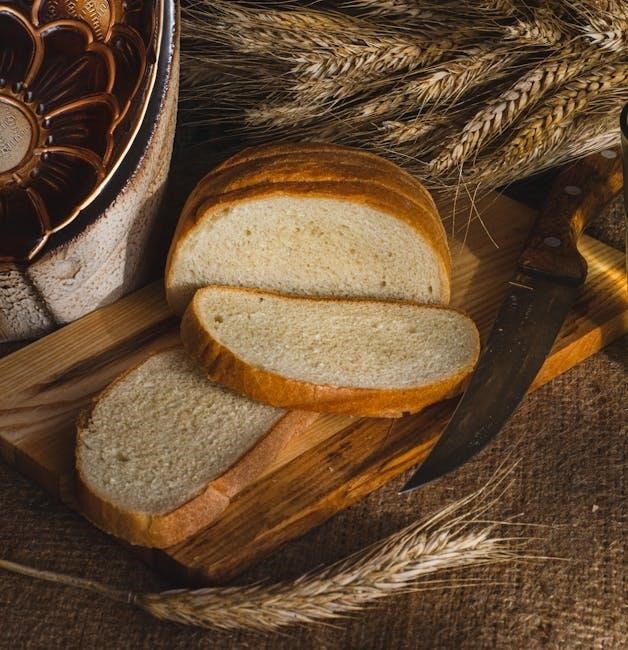difference between manual and automatic
Manual and automatic transmissions differ in operation and driver engagement. Manual transmissions require a clutch pedal and gearshift, offering more control, while automatics shift gears automatically, simplifying driving.

1.1 Overview of Manual and Automatic Transmissions
A manual transmission requires a clutch pedal and gearshift, allowing drivers to manually change gears for better control and fuel efficiency. Automatic transmissions, however, shift gears automatically, simplifying the driving process; Manuals are often preferred for their responsiveness and cost-effectiveness, while automatics are praised for convenience, especially in traffic. Both systems have evolved to enhance performance, with modern automatics offering smooth transitions and manuals providing a more tactile driving experience. Understanding these basics helps drivers choose the transmission type that aligns with their lifestyle and preferences.

Key Differences
Manual transmissions require driver engagement with a clutch and gearshift, offering control, while automatics shift gears automatically, prioritizing convenience and ease of use in various driving conditions.
2.1 Number of Pedals
Manual transmissions feature three pedals: accelerator, brake, and clutch. The clutch pedal is essential for shifting gears, allowing drivers to manually engage and disengage gears. Automatic transmissions, however, only have two pedals: accelerator and brake. This eliminates the need for manual gear shifting, making driving simpler and less physically demanding.
2.2 Gear-Shifting Mechanism
Manual transmissions require drivers to actively shift gears using a gearshift and clutch pedal, ensuring manual control over gear changes. Automatic transmissions, however, automatically shift gears based on driving conditions, using a torque converter or electronic controls to seamlessly transition between gears without driver input. This fundamental difference in gear-shifting mechanisms impacts both driving effort and vehicle performance.

Fuel Efficiency
Manual transmissions are generally more fuel-efficient due to better control over gear shifts, while automatics have improved but often lag slightly in efficiency compared to manuals.
3.1 Manual vs. Automatic: Historical Comparison
Historically, manual transmissions were once significantly more fuel-efficient than automatics, especially in earlier models, due to their mechanical simplicity and driver-controlled gear shifts. Over time, advancements in automatic transmissions, such as the introduction of continuously variable transmissions (CVTs) and dual-clutch technologies, have narrowed this gap. Modern automatics now often rival manuals in fuel efficiency, particularly in city driving conditions. However, manuals still maintain a slight edge in optimizing fuel consumption, especially when driven by experienced operators who can precisely control gear shifts to match driving conditions.

Maintenance and Repair
Automatic transmissions are more complex and costly to repair due to their sophisticated components. Manual transmissions are simpler but may require clutch replacements over time.
4.1 Cost of Repairs
Automatic transmissions are generally more expensive to repair due to their complex design and numerous components. Repairs often involve specialized tools and expertise, increasing costs. Manual transmissions, while simpler, may require clutch replacements, which can add to expenses. However, manual transmission repairs are typically less costly overall. Drivers should consider these factors when choosing between transmission types, as repair costs can significantly impact long-term vehicle ownership expenses.

Driving Experience
Manual transmissions offer more driver engagement and control, while automatics provide ease and convenience, especially in traffic. Each caters to different driving preferences and conditions effectively.
5.1 Ease of Driving in Traffic
In traffic, automatic transmissions provide greater ease and convenience. They eliminate the need for constant clutch and gear changes, reducing driver fatigue. Automatics allow smoother acceleration and deceleration, making stop-and-go driving less stressful. Manual transmissions, while offering more control, require frequent shifting in traffic, which can be tiresome. Automatics are particularly advantageous in congested urban areas, allowing drivers to focus more on road conditions. Manuals, however, may feel less relaxing in heavy traffic due to the constant need for engagement. Ultimately, the choice depends on the driver’s preference for convenience versus control in traffic-intensive environments.
5.2 Driver Control and Connection to the Vehicle
Manual transmissions offer a deeper connection to the vehicle, as drivers actively manage gear shifts and clutch engagement. This interaction provides greater control over acceleration and deceleration. In contrast, automatic transmissions handle shifting automatically, reducing driver involvement but simplifying the driving experience. Manuals allow drivers to tailor their driving style, making them feel more connected to the car. Automatics, while less engaging, focus on convenience and ease of use. The tactile feedback of shifting gears in a manual transmission fosters a sense of unity between driver and vehicle, which is often missing with automatics.

Performance
Manual transmissions often deliver quicker acceleration and more responsive shifting, enhancing driving performance. Automatics, while smoother, may lack the direct control of manuals in high-performance scenarios.
6.1 Speed and Acceleration
Manual transmissions typically offer faster acceleration and quicker response times due to direct driver control over gear shifts. Automatics, while smoother, can experience slight delays in shifting during rapid acceleration. Modern automatics with advanced technologies, such as dual-clutch transmissions, have narrowed this gap, providing swift gear changes comparable to manuals. However, manuals still excel in situations requiring precise control, like racing or mountainous terrain. The ability to manually select the optimal gear enhances speed and performance in these scenarios, making manuals a preferred choice for driving enthusiasts seeking maximum responsiveness and connection to their vehicle.

Safety Considerations
Manual transmissions can serve as a theft deterrent, as not everyone knows how to drive them. Automatics allow drivers to keep both hands on the wheel, enhancing control and focus on the road.
7.1 Focus on Road and Safety Features

Automatic transmissions often come equipped with advanced safety features like adaptive cruise control and automatic emergency braking, which can enhance road safety. Manual transmissions, while requiring more driver engagement, allow for better control in specific driving conditions, such as steep hills or slippery roads, where precise gear shifting can improve stability. Additionally, the need to operate a clutch pedal in manual vehicles can reduce distractions, as drivers must remain focused on shifting gears. Both types have their unique safety benefits, but automatics generally offer more convenience and assistance in modern driving environments.
Manual and automatic transmissions cater to different driving preferences and needs, with manuals offering more control and automatics providing convenience, each evolving to enhance efficiency and performance.
8.1 Final Thoughts on Choosing the Right Transmission
Choosing between manual and automatic transmissions depends on personal preference, driving habits, and lifestyle. Manuals offer better fuel efficiency and control, ideal for enthusiasts and city driving. Automatics provide ease and convenience, especially in heavy traffic. Consider factors like maintenance costs, performance needs, and daily commute conditions. While manuals require more skill, they deliver a more engaging experience. Automatics, however, simplify driving, making them perfect for those prioritizing comfort. Ultimately, both options have evolved to meet modern demands, ensuring drivers can select the best fit for their unique requirements and preferences. Balancing these aspects will lead to the optimal choice.






























































